It’s no secret that Fushimi Inari Shrine attracts a great number of tourists from around the world. Everyone knows the iconic vermilion torii gates called Senbon Torii (千本鳥居,thousands of torii gates) that makes this shrine so special. However, what draws visitors isn’t just its Senbon Torii. Speaking confidentially, I will take you to some uniquely appealing sightseeing spots about which little is known to tourists.
For the more commonly known and religious sites in Fushimi Inari, please click the link at the end of this blog.
1. Shinme(神馬,sacred horse)
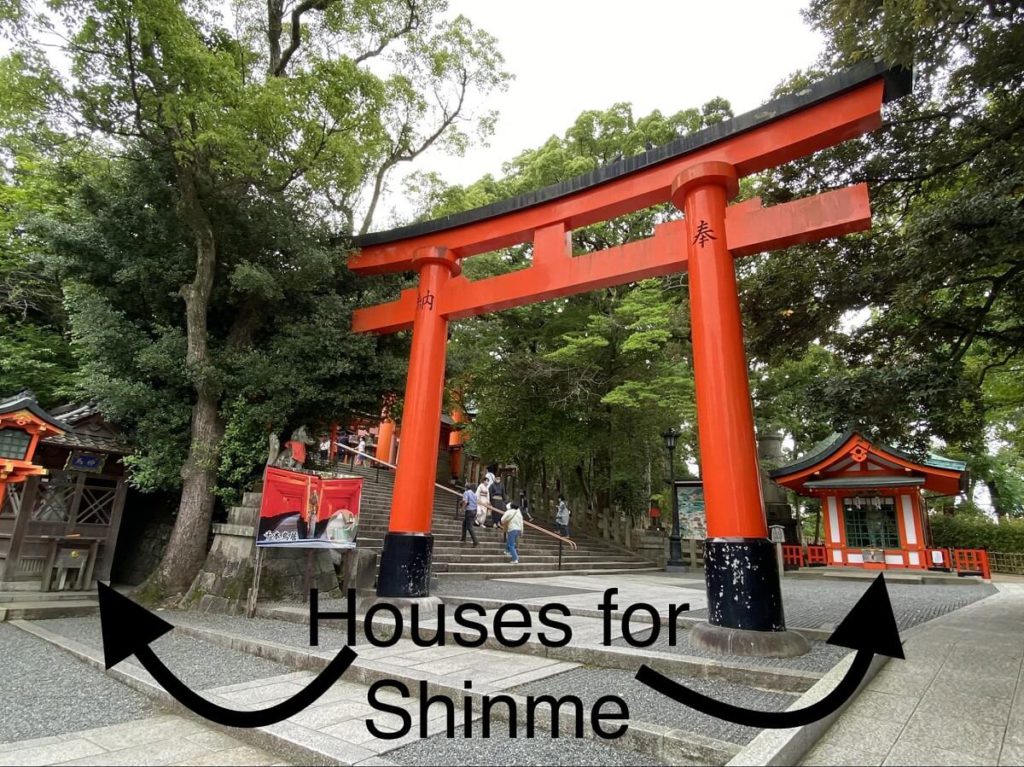
There are life-size statues of horses called Shinme or Jinme, which are dedicated to the shrine, in small houses by the stone stairs leading to Senbon Torii. Most visitors seem to overlook them as they are distracted by Senbon Torii, which can be glimpsed over the big stairs.
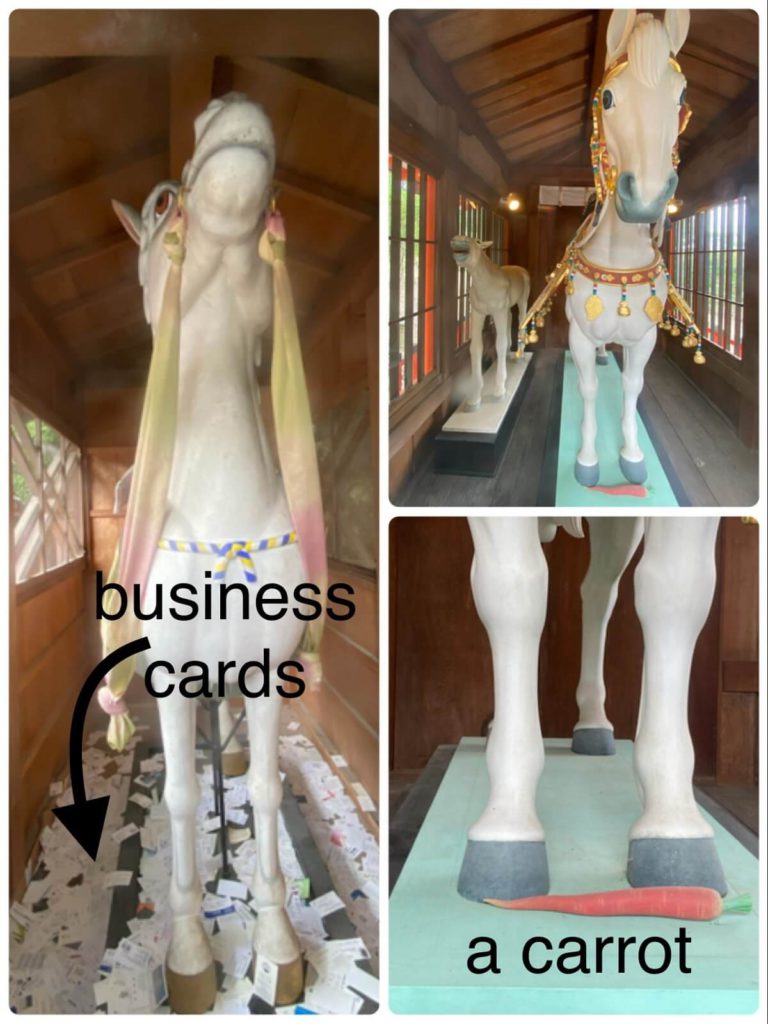
You can find many business cards on the floor. As the god of agriculture, Inari is believed to grant abundant harvests and business prosperity as well. So people who engage in some kind of business probably throw them in to pray for business success. However, when I took the photo above, there were no cards in one of the two houses. The pile of cards seems to be occasionally cleaned up.
Look at the carrot! It’s said in Japan that horses love carrots. That’s why they placed the carrot there. Looks kawaii, doesn’t it? What are horses’ favorite snacks in your country?
2. Omokaru ishi (おもかる石)
おも is omo of omoi, which means heavy. かる is karu of karui, which means light. 石 is ishi, which means stone.
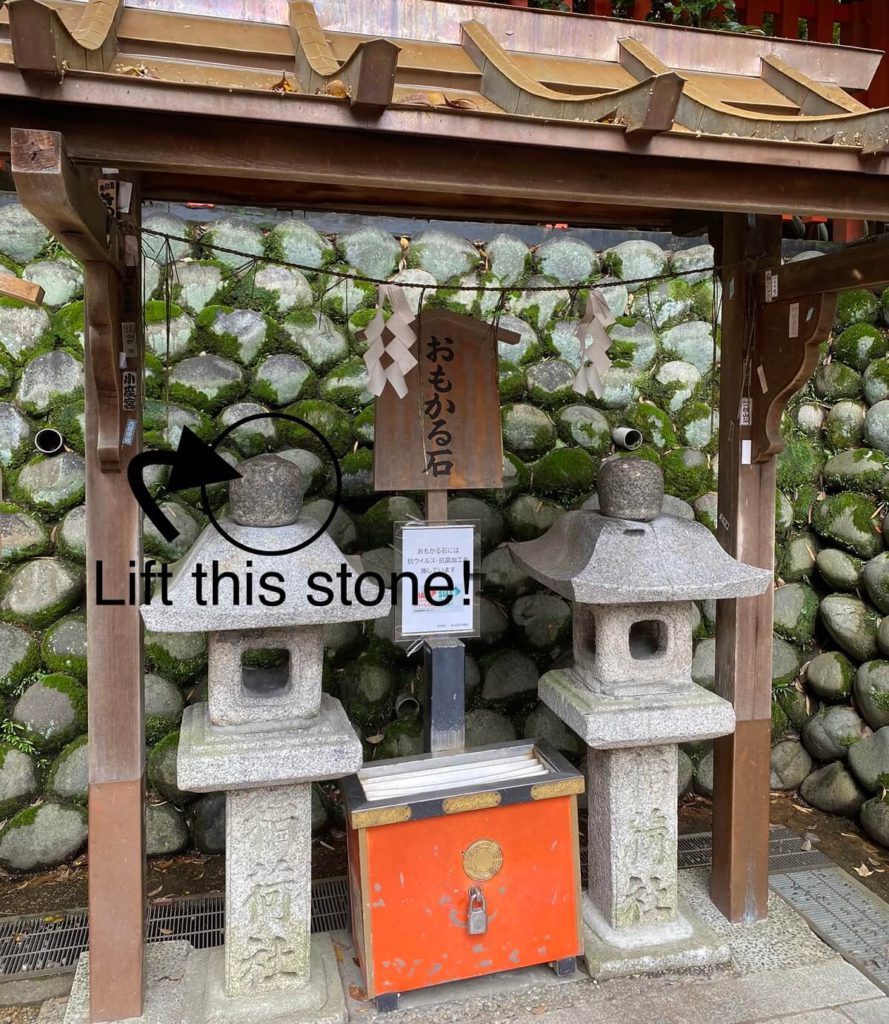
These two stones on top of the stone lanterns might relatively be known as well as Senbon Torii. However, it could be hard for visitors to find this spot in the crowd. It’s behind Okusha Hohaisho(奥社奉拝所).
Lift the stone up after praying in front of the stone lantern. You might have to wait in a line for a few minutes, but give it a try! If the stone feels lighter than you expected, your wish will come true and vice versa. No worries! Whenever I pick it up, it always feels heavier than I thought. However, my prayers have been answered so far!
3. Bamboo forest
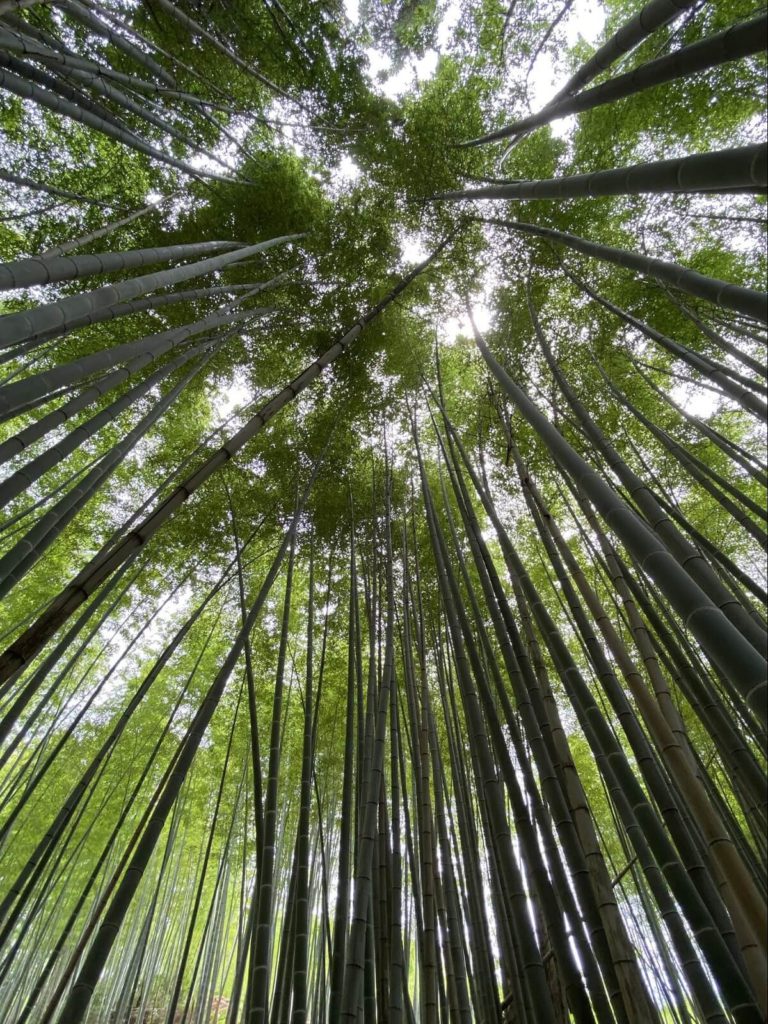
What would you say to stepping away for a while from the thousands of people passing through thousands of torii gates? This magical bamboo forest is just a few minutes away from Senbon Torii and completely unlike that in Arashiyama (嵐山) area, which is well-maintained as a tourist spot.
To be honest, I’d like this bamboo forest to remain a secret, but I’ll tell whoever wants to find themselves journeying into another world how to get there.
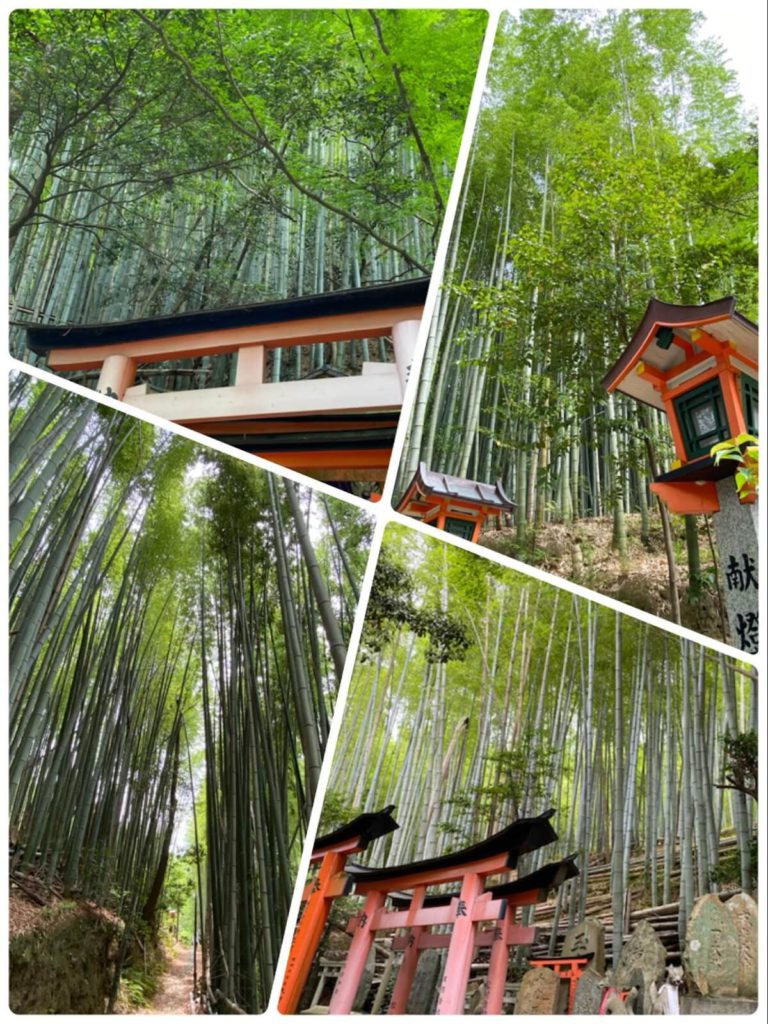
Follow the arrow on the map below. Walk just beyond the public toilets, and you will come across a mystical atmosphere. Go further along the track until you see a house, turn left into ascending steps in front of the house and follow the arrow on the map. Continuing to walk through the bamboo forest will lead you back to the main path.
Or you can turn around before reaching the house and get back to Senbon Torii, so the house will not be disturbed.
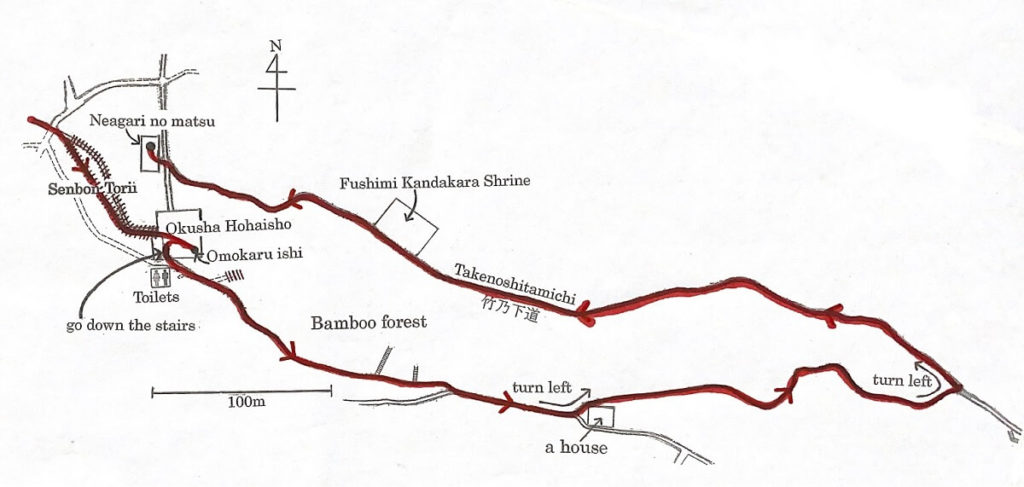
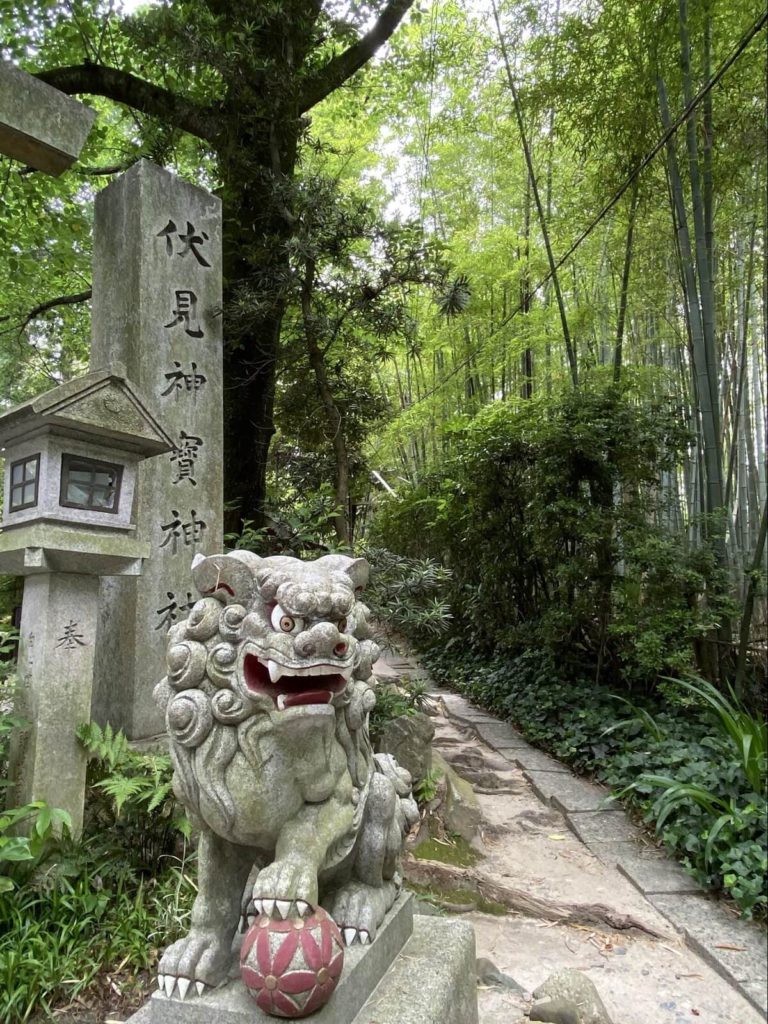
One note of caution! Be prepared for mosquitoes in their season (from June to September). They also hide in this hidden forest.
4. Neagari no matsu (根上りの松 means the pine tree whose roots rise up from the ground)
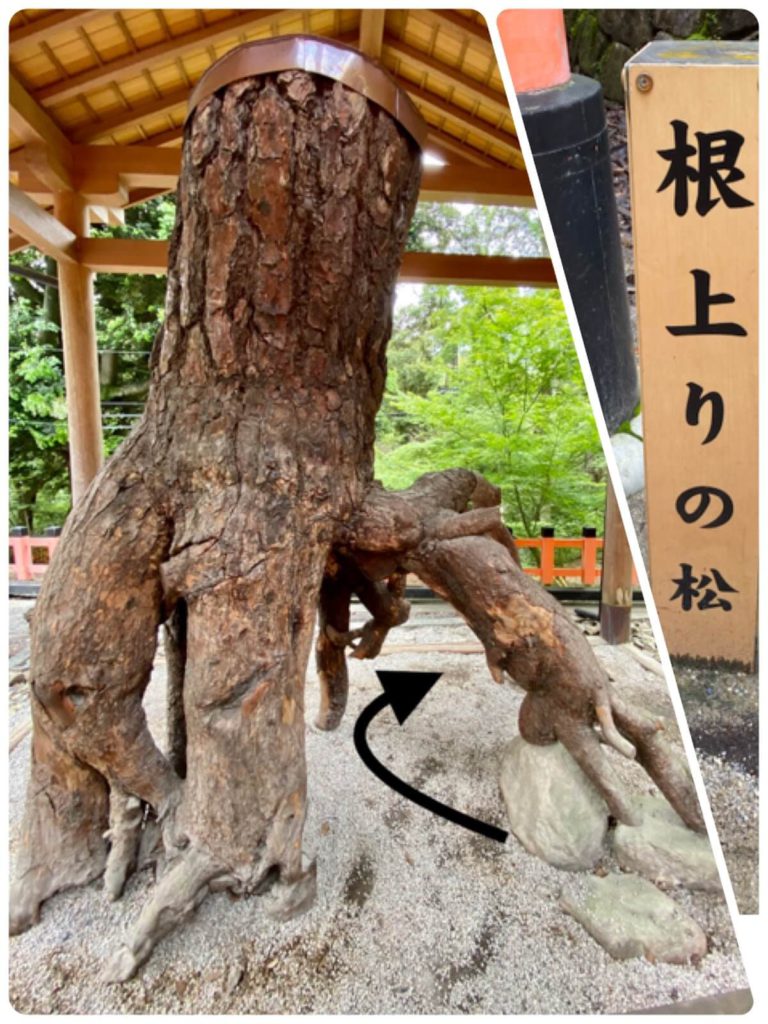
根 means root, and it’s read “ne”. We have another Kanji “値”, which is also read “ne” and means price or stock. 根 and 値 are homonyms. So “the roots rise up” implies “the price or stock rises up”. That’s why this pine tree is worshipped by financial workers, stockholders and the like. Passing under the root is said to bring you blessings.
Quiz time!
Foxes here are said to be the messengers of the god of Inari. Each fox has one of four classical charms mostly in its mouth, or on the end of its tail. What do you think they have? Choose the correct answer from the box below.
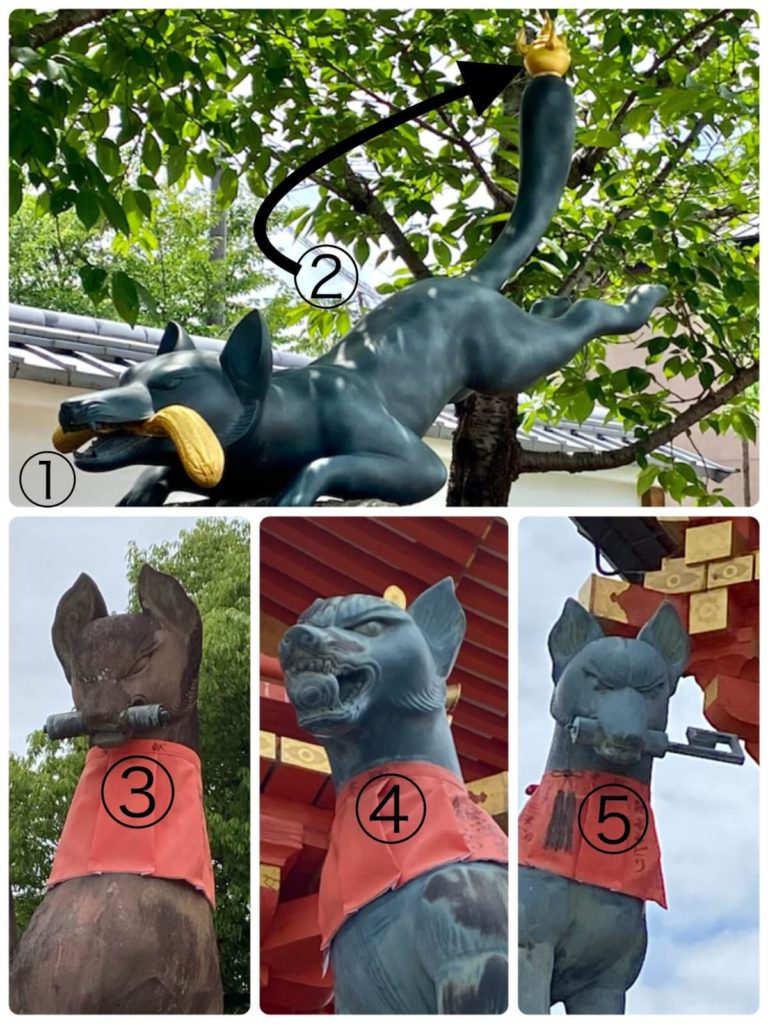
| 1️⃣ a candle 2️⃣ a treasure ball 3️⃣ a tail of fox 4️⃣ a scroll 5️⃣ a key to a granary 6️⃣ a folding fan 7️⃣ ears of rice 8️⃣ a dragon ball |

My recommended course (1)
• time taken: 1.5 to 2 hours to and from the entrance torii gate
After swinging by Neagari no matsu, go further to Mitsutsuji (三ツ辻, T-junction). Turning left here, the path brings you back to the Main Shrine. You can find some unique stuff in smaller shrines along the road. I’ll show you some spots you are more likely to miss.
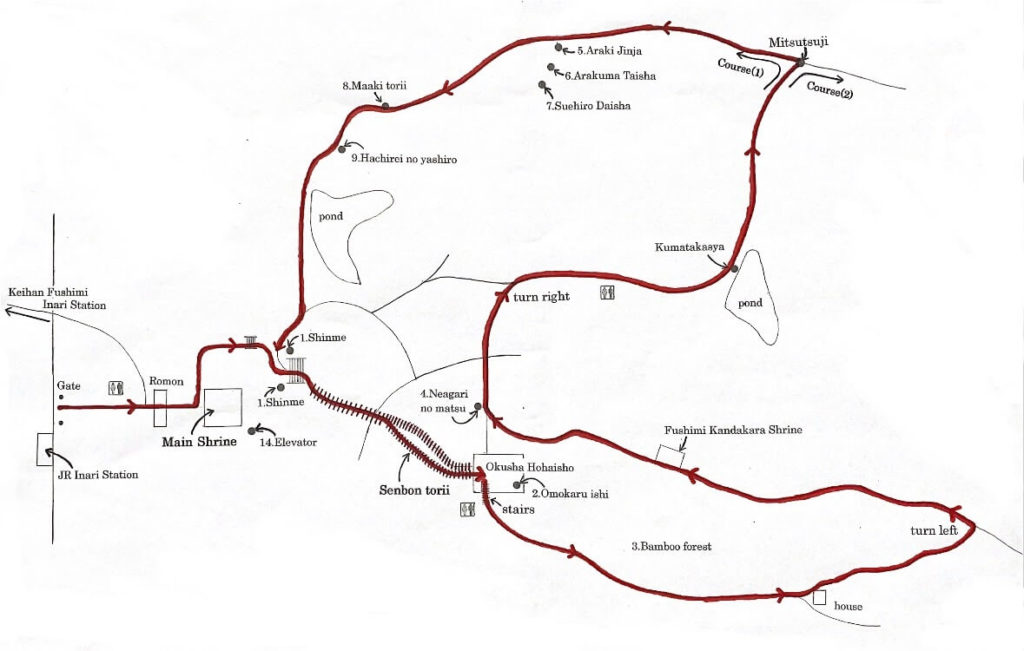
5. Kuchiire dolls in Araki Jinja (荒木神社)
This shrine is famous for the god of match-making.
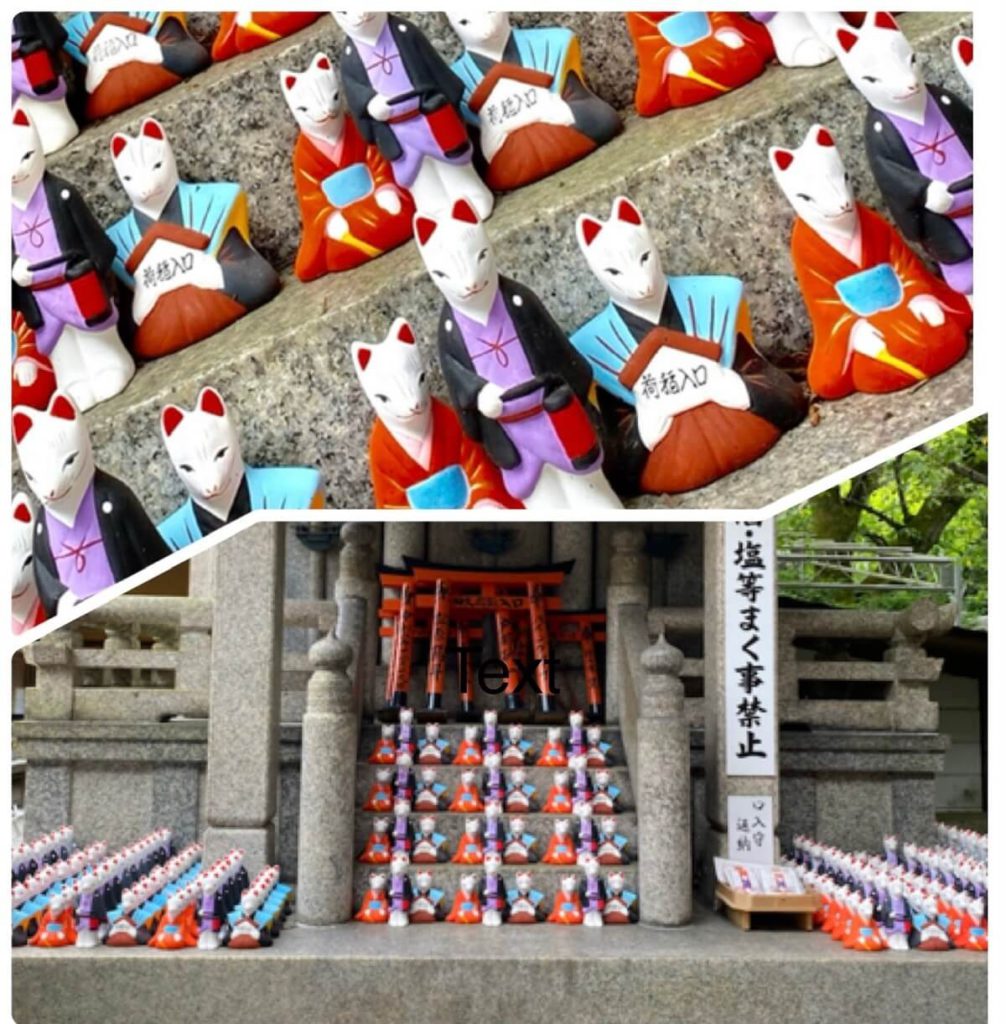
6. Bamboo torii gates in Arakuma Taisha(荒熊大社)
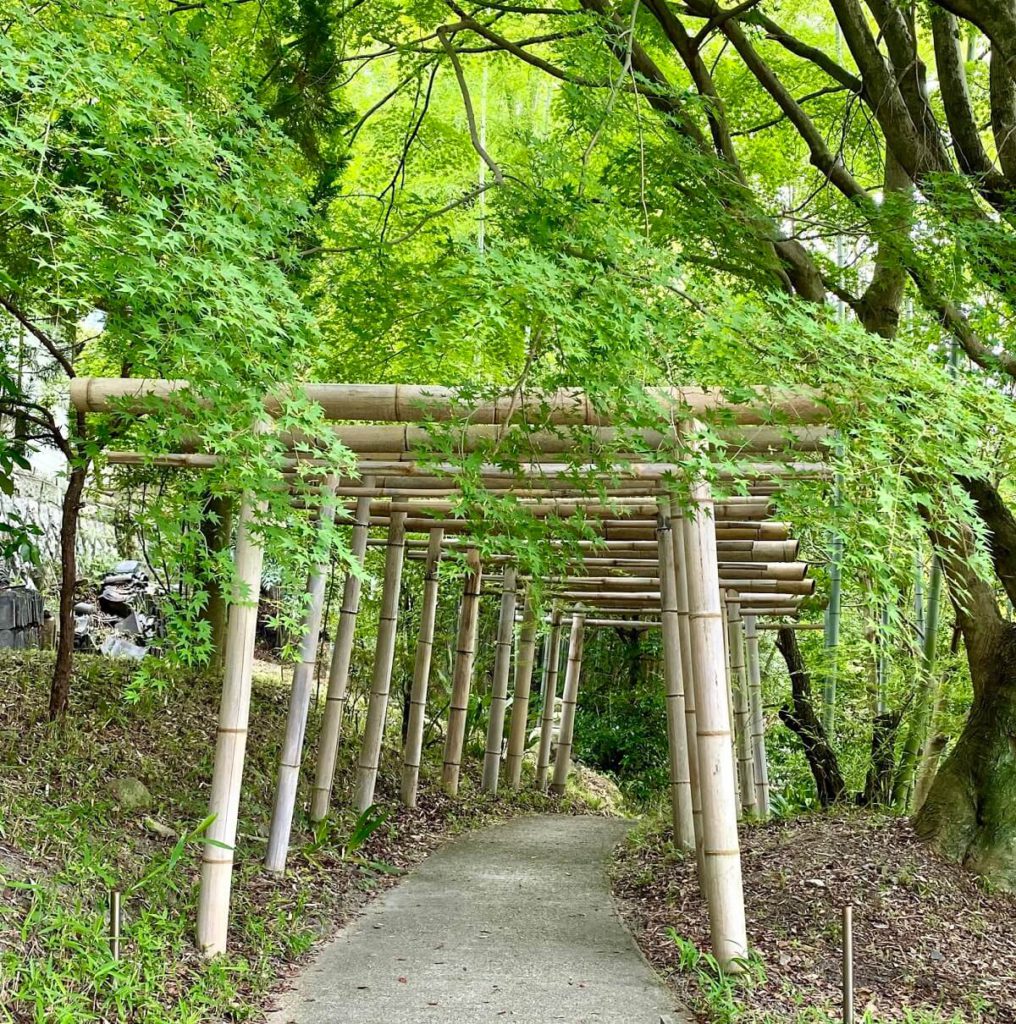
7. Frog stone statues in Suehiro Daijin(末廣大神)
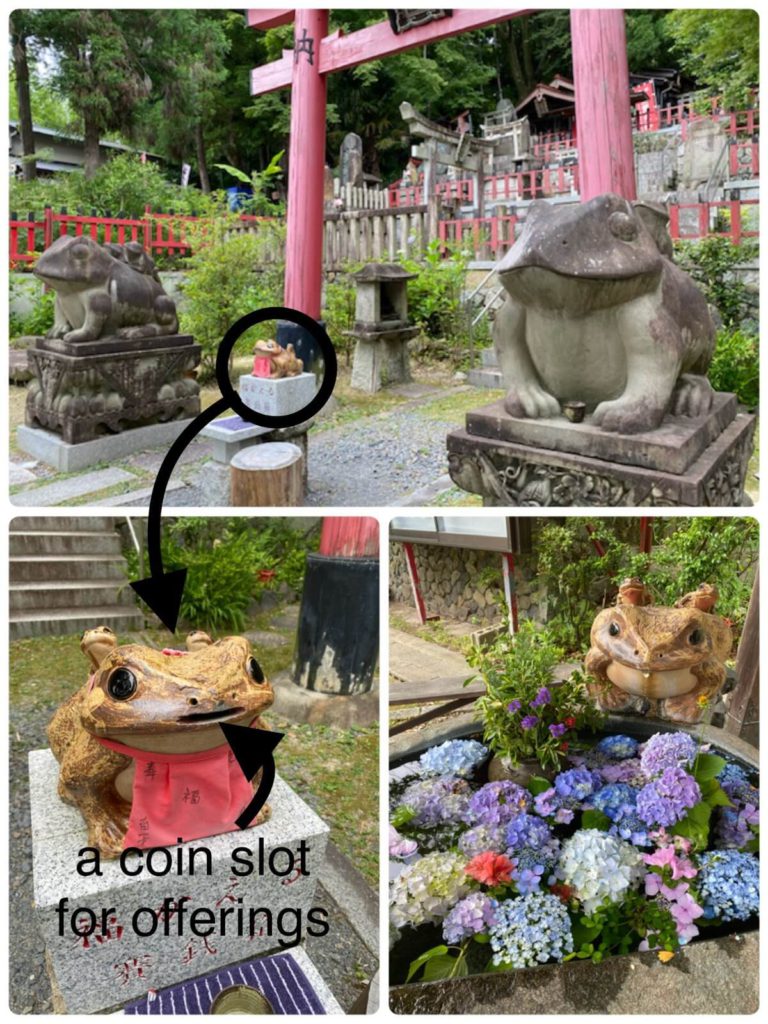
Frog means 蛙 or かえる, which is read kaeru. We also pronounce both 帰る and 返る kaeru. 帰る and 返る mean to come back, to go back or to return. As wealth, fortune, money, what you have lost and whatever you want to come back will return, frogs are considered a symbol of prosperity. You will also be able to safely return home after this trip. Now you know why you see “frogs” here and there in Japan.
8. Maaki torii (間あき鳥居)
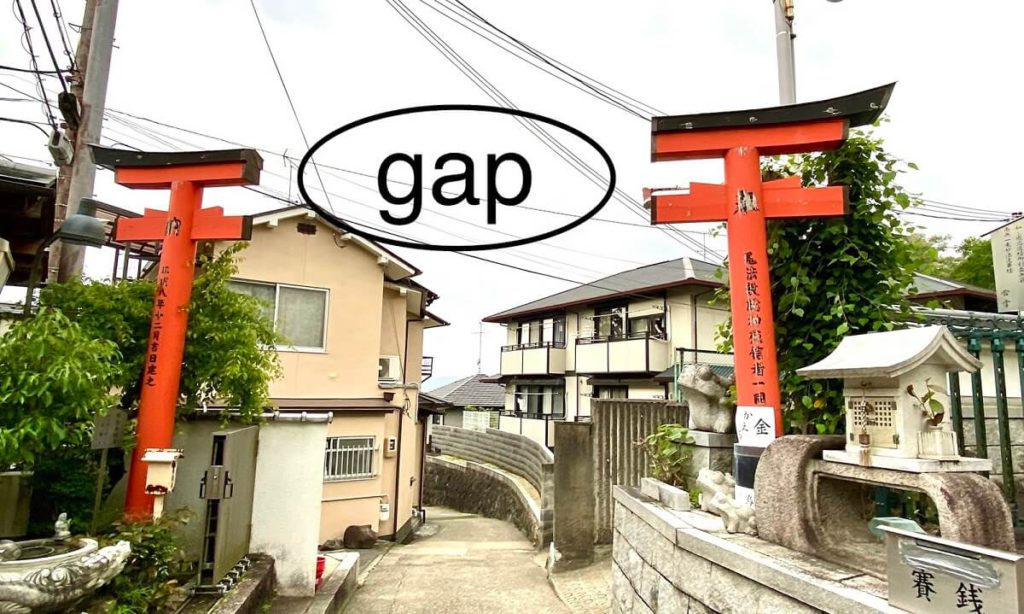
This is a very unique torii gate, which is divided into two. You can open up your fortune as the space overhead is open.
9. Statues of the twelve zodiac animals in Hachirei no Yashiro (八霊社)
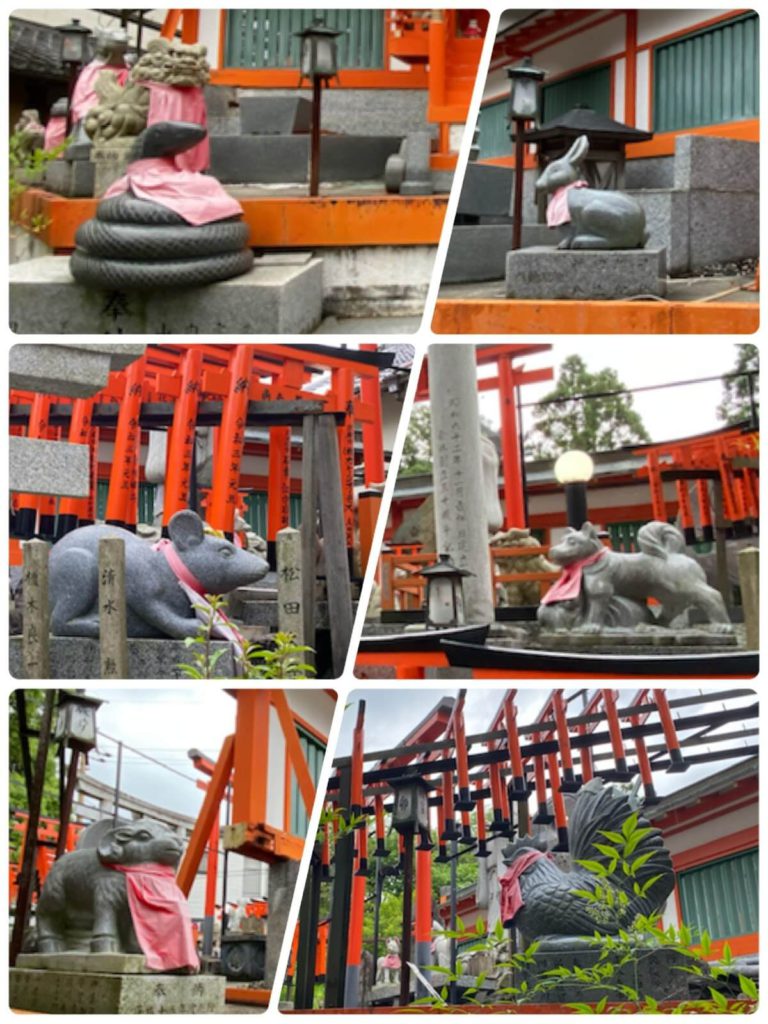
Stone statues of the twelve zodiac signs are placed around the god enshrined in this shrine, and zodiac animals are arranged facing twelve different directions of the compass. You may pray to the animal of the year, or to your zodiac animal, or to the lucky direction of the year. May the blessings of God be upon you!
Another recommended course (2)
• time taken: 3 to 4 hours
If you have one or two more hours to stay here, I’d like to suggest this course.
Make a right at Mitsutsuji (三ツ辻, T-junction) and go up the stone stairway to Yotsutsuji (四ツ辻, Crossroad), where a great view of Kyoto city is offered.
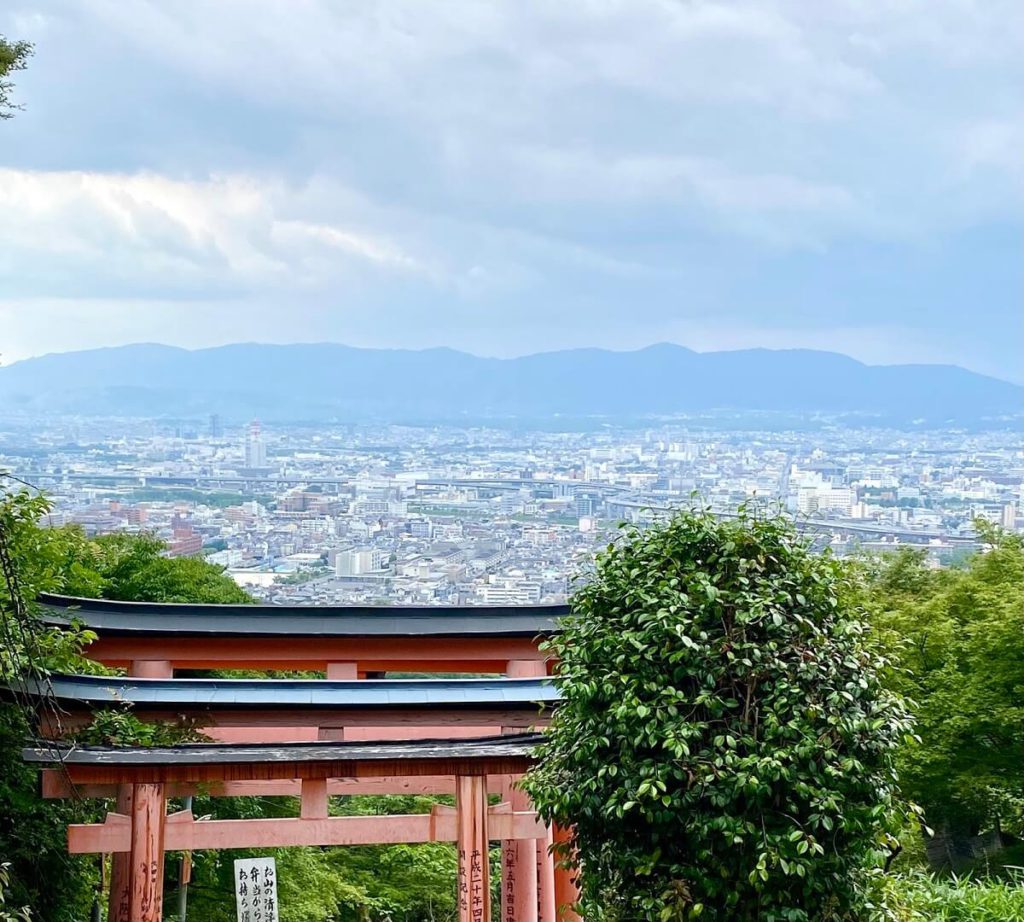
The path starting from Yotsutsuji makes a circular track. You can be back here whichever way you go. Several shrines are along the path. Although most visitors only walk on the main pathway and go past the shrines, be sure to step into some of them that draw your curiosity. Once you pass through their gates, you will notice there is something ineffable about each shrine.
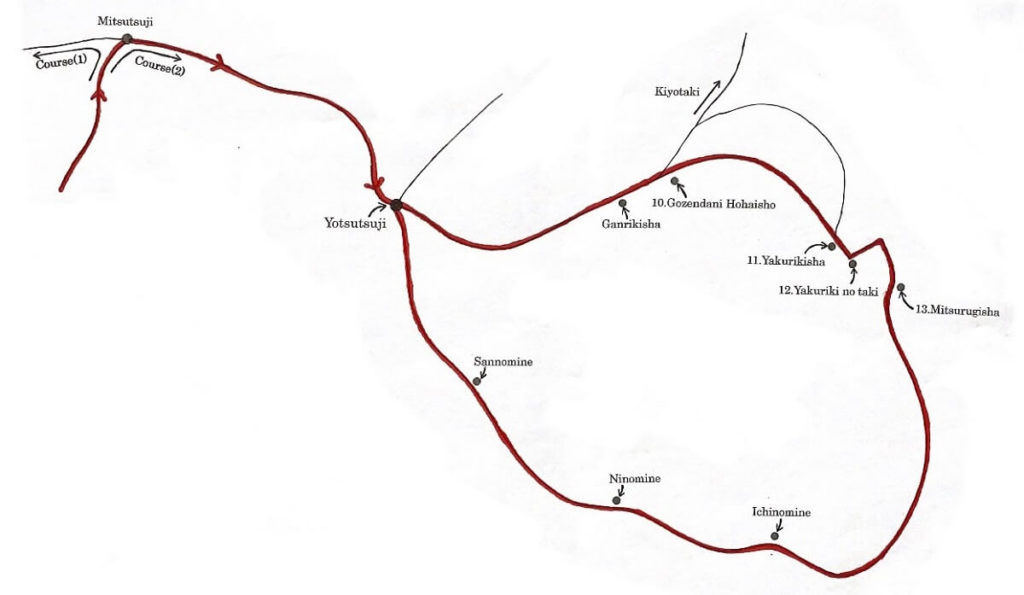
10. Gozendani Hohaisho (御膳谷奉拝所)
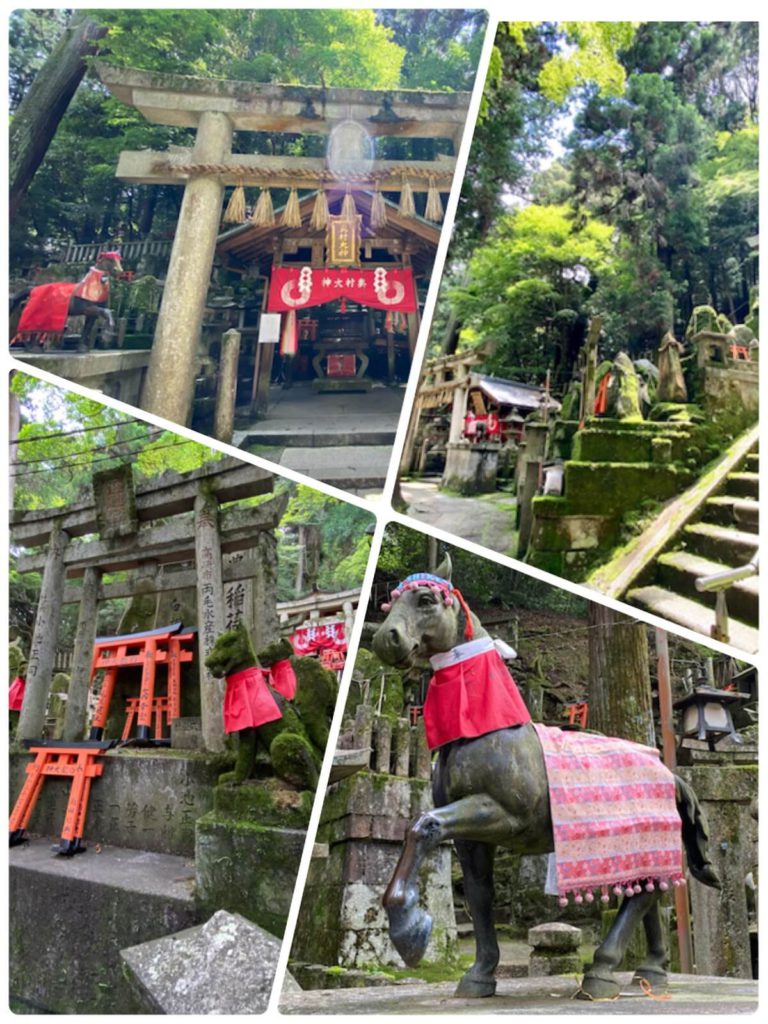
11. Yakurikisha (薬力社)
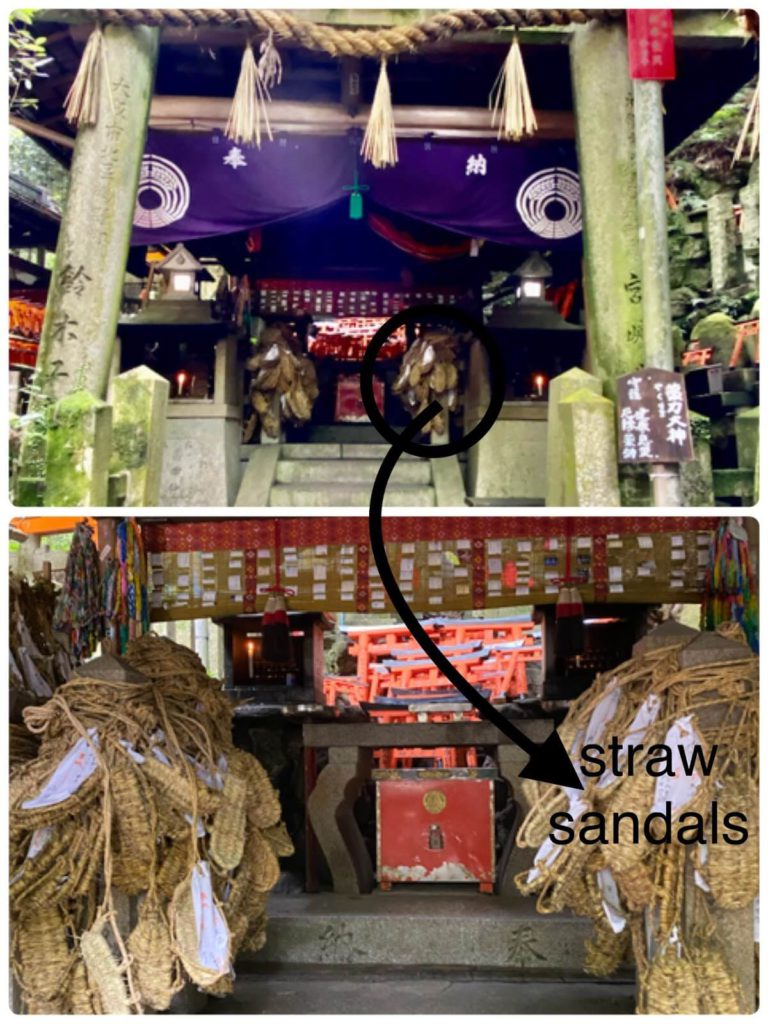
12. Yakuriki no taki (薬力の滝, 滝 or taki means a waterfall)

13. Mitsurugisha (御劔社, 劔 or tsurugi means a sword)
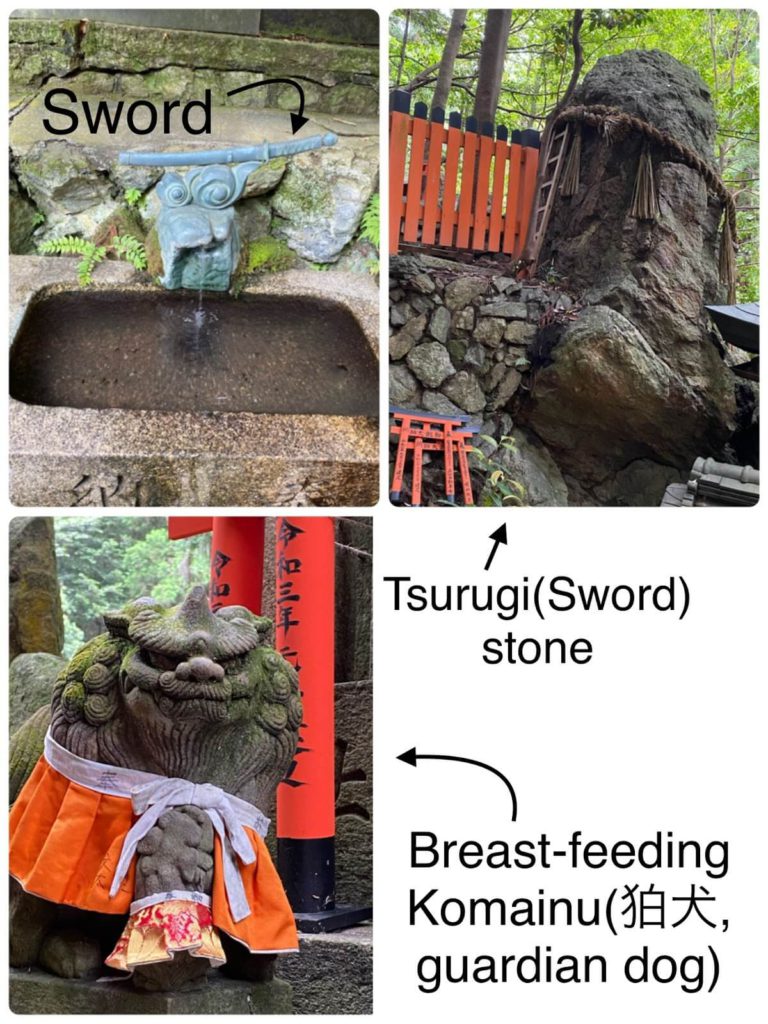
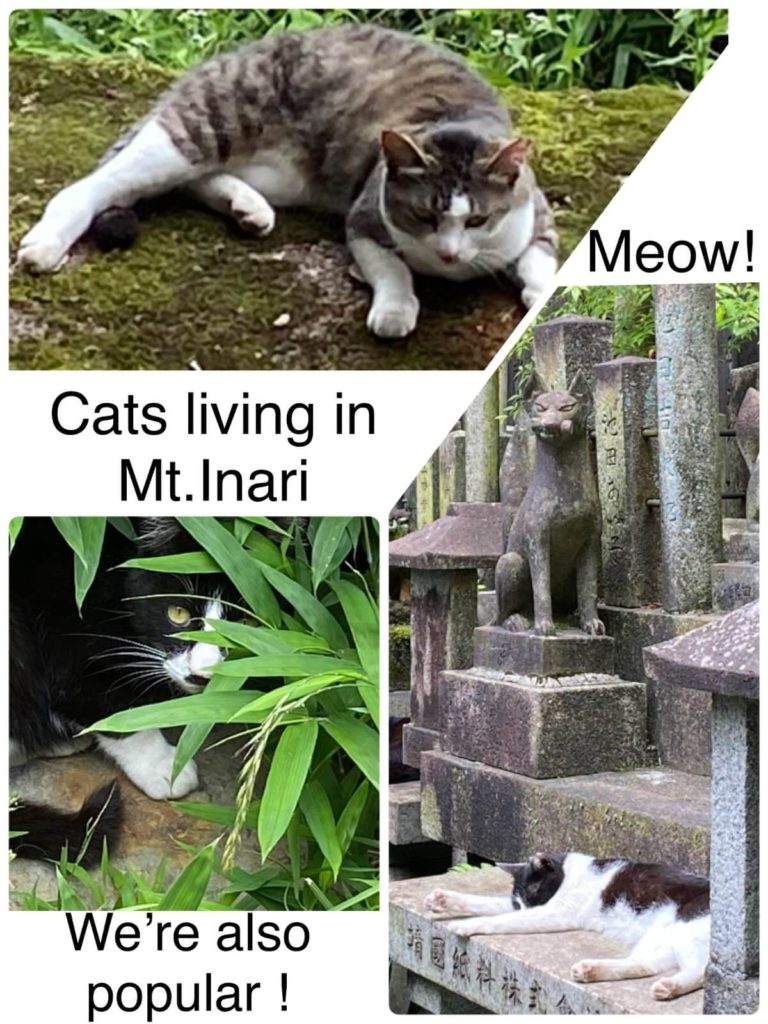
14. Elevator for disabled people
Last but not least, this is good news for the disabled. An elevator was finally installed behind the Main Shrine in 2020. I saw wheelchair users turning back before the stone steps leading to Senbon Torii many times. Now they can pass through thousands of torii gates and reach up to Okusha Hohaisho(奥社奉拝所).

This sacred shrine has many other whimsical spots besides the unknown sites I introduced here. You should at least try to find some others apart from Senbon Torii!!
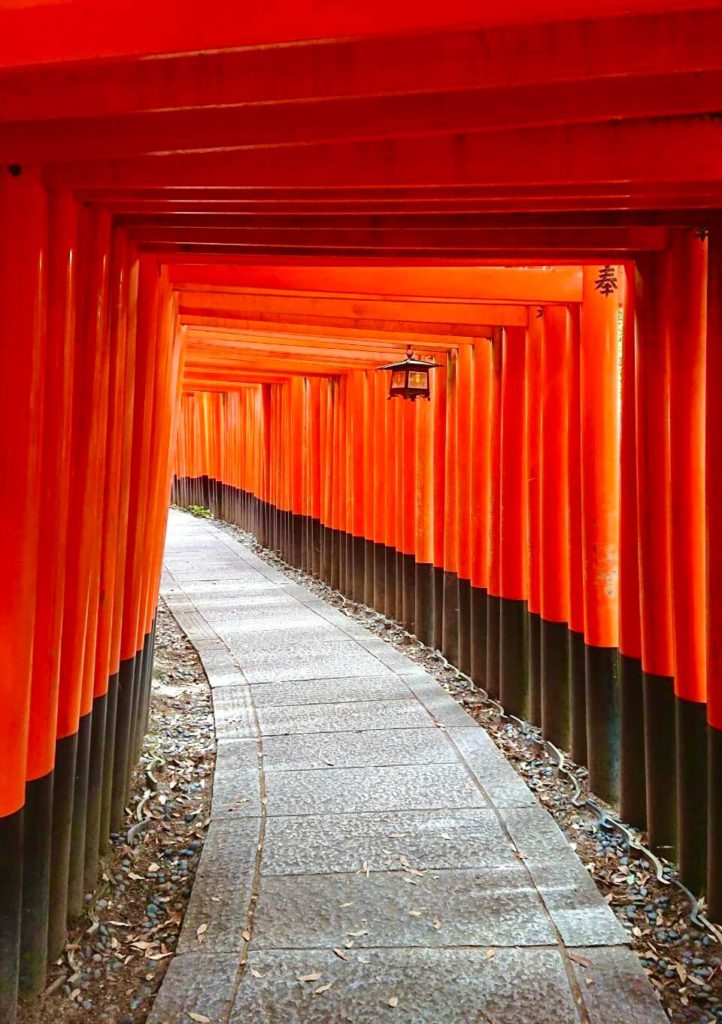
Fushimi inari
http://inari.jp/en/
Born and raised in Kyoto. A private tutor and a volunteer tour guide in Kyoto. Love sewing, kimono remaking, traveling, cooking, gardening, playing the shamisen(三味線), making stained glass and grandparenting as well.

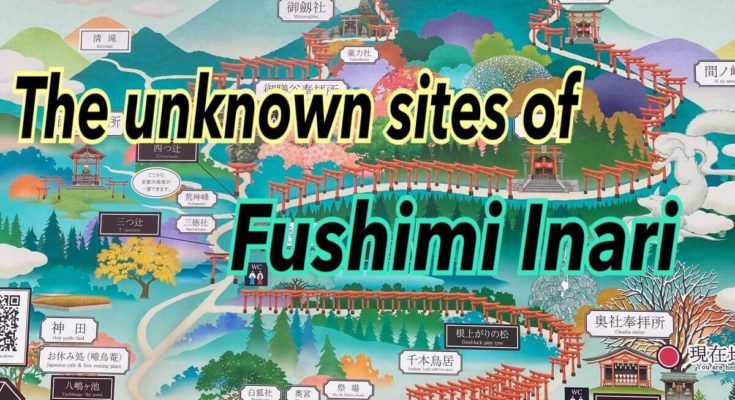
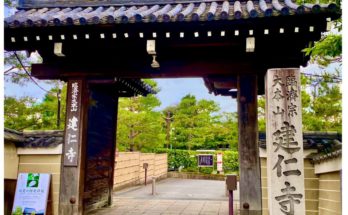
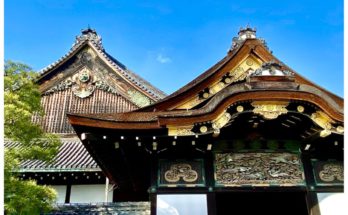

Now I must return to Fushimi Inari Taisha for a closer look at all of the wonderful sights mentioned in the article. Great images and graphics. Well done Rieko.
Hi Andy, Thank you for reading my article straightaway! I didn’t share the other interesting spots in the blog we can easily find along the way. So enjoy finding them when you visit the shrine again!
Amazing good job!
You are already professional tour guide.
Next time guide me to the top of it.
See you sooooon😁
Hi Masayo san ,
Thank you for reading my article!
As you know, most tourists from abroad visit the shrine only to see Senbon Torii. I just hope the blog helps them explore a bit more in the shrine! Let’s find new spots there!
Very interesting, Rieko! I wish we new that while visiting Fushimi Inari , but now i want to go back even more! Love this blog! I created a post on Russian travel forum and posted a link to the blog.
https://forum.awd.ru/viewtopic.php?f=1154&t=402986&p=10495661#p10495661
Thank you for your comment,Irena!
I hope this blog helps tourists from abroad explore some attractive sites mentioned here! I’d also like you to visit the shrine with me again!
I really enjoyed this detailed, informative and fun tour guide with beautiful photos!
You can feel Rieko’s much love and deep knowledge of Kyoto in that blog.
It will be highly appreciated by all tourists and visitors!
Thank you very much!
Hi Tatyana! Thank you for your lovely comment! I’m very pleased you enjoyed my article. I also hope this blog will be useful for tourists to pop into some of the unknown sites, not only Senbon Torii 😉‼︎